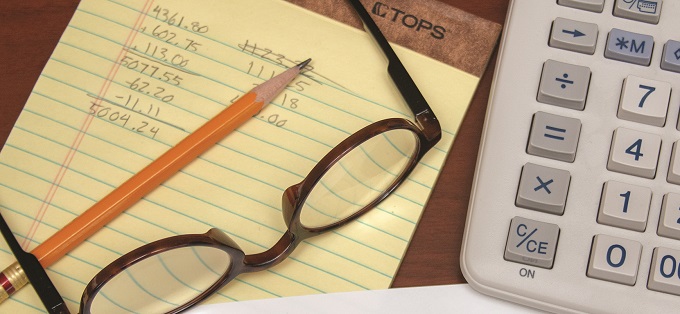Updating your browser will give you an optimal website experience. Learn more about our supported browsers.
How and Why to Build a Rainy-Day Fund
At any stage of your career, maintaining a healthy rainy-day fund can help you weather unexpected expenses without dipping into your savings or racking up debt.
By Rebecca L. Bennett
According to two recent studies conducted by Bankrate, more than half of Americans could not afford to pay a surprise $1,000 bill without dipping into their savings or racking up debt, and one in four Americans have no money stashed away for emergencies.
At any stage of your career, maintaining a healthy rainy-day fund can help you weather unexpected expenses without siphoning your savings, taking out loans or carrying balances on your credit card.
Here are three strategies for building one on any budget:
1. Set Small Goals to Start
Experts suggest saving three to six months-worth of your living expenses in an emergency fund to help sustain you through major life events, such as job loss and divorce.
However, that goal can seem unattainable if your budget is tight. Instead, start with smaller, more accessible goals in the form of a rainy-day fund. This smaller fund should only be used to help you cover sudden, budget-breaking, but relatively common expenses like a plumbing bill.
Start with $500, and once you hit that, up the amount to $1,000 — the cost of a pricey car repair or new washing machine. Next, try targeting your healthcare deductible, and then double it.
Once you have several thousand stashed away to help mitigate smaller financial challenges, try to maintain the saving momentum and shift your focus to building a much larger fund for bigger emergencies in a different account.
2. Look For Opportunities to Save
As you start your savings journey, first take inventory of all your monthly expenses. Split them into several categories so that you can see where you might be able to find some extra cash to add to your rainy-day fund.
First, find essential expenses for things you cannot go without, such as electricity, rent and groceries. Next, figure out which of your expenses are important for your physical and mental well-being, such as the cost of maintaining a beloved hobby or a gym membership.
And finally, identify less-important expenses you could cut (even just temporarily) to allocate more of your income to savings. Depending on your budget, this may mean eating out a little less often, making your coffee at home on weekdays, or canceling a few of your streaming subscriptions.
3. Pay Yourself Back
Once you have a little money in your rainy-day fund, you can use it to cover surprise expenses that would have otherwise overextended your regular finances. For example, you might use your rainy-day fund to pay for an unforeseen vet bill or repair a flat tire.
Just remember that anytime you dip into your rainy-day fund, it’s important to pay yourself back during your next pay cycle (or a few pay cycles, if it was a larger expense).
Used correctly, a rainy-day fund can help shelter your finances from occasional showers.
Related Content
Get more information on why TCDRS is a model plan when it comes to retirement.

Taxes and Your Benefit Payment
Taxes don’t disappear when you retire. Having a plan for dealing with taxes during retirement can help you maintain your financial we...
Read more
Inflation and Cost-of-Living Increases
Your TCDRS benefit doesn’t automatically increase to keep up with inflation, so you should take inflation into consideration when fig...
Read more
Put Your Wishes in Writing
Many people think of terms like “power of attorney” and “estate planning” only when they near the end of their working life. But ther...
Read more